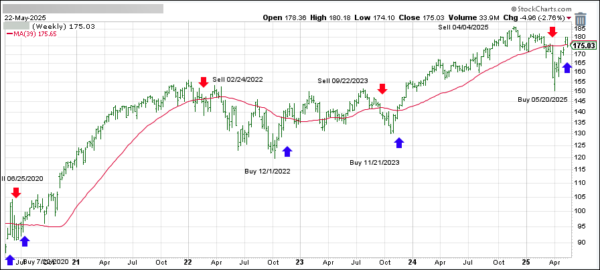
- Moving the market
The market’s back-and-forth news action continued, but this time stocks came out on top.
Over the weekend, Trump announced he’d delay 50% of the planned tariffs on European imports until July 9th—something the head of the European Commission had requested.
That news lit a fire under futures, and the momentum carried through the regular session as traders and algorithms piled in.
Consumer confidence also got a serious lift, jumping to 98.0—well above the expected 86.0. A more relaxed tone in U.S.-China trade talks likely helped boost the mood.
Looking ahead, earnings from Nvidia, Macy’s, and Costco are on deck. So far, over 95% of S&P 500 companies have reported, with 78% beating expectations—a solid showing.
Even with falling home prices and weak Durable Goods orders, the U.S. macro data finally had a “net good” day, according to ZeroHedge—the first in five weeks. Short sellers got squeezed, giving the broader market another push.
Bond yields dipped, with the 10-year falling nearly 7 basis points to 4.5%, and the 30-year sliding below 5%.
Meanwhile, the dollar rallied alongside stocks and bonds, which took some shine off gold—though it held support at $3,300. Bitcoin, after a shaky start, bounced back and reclaimed the $110K mark.
Trade policy is still a wild card, but for now, the Conference Board’s “Uncertainty” index took a sharp dive.
Could this be a turning point—or just another blip?
Read More




